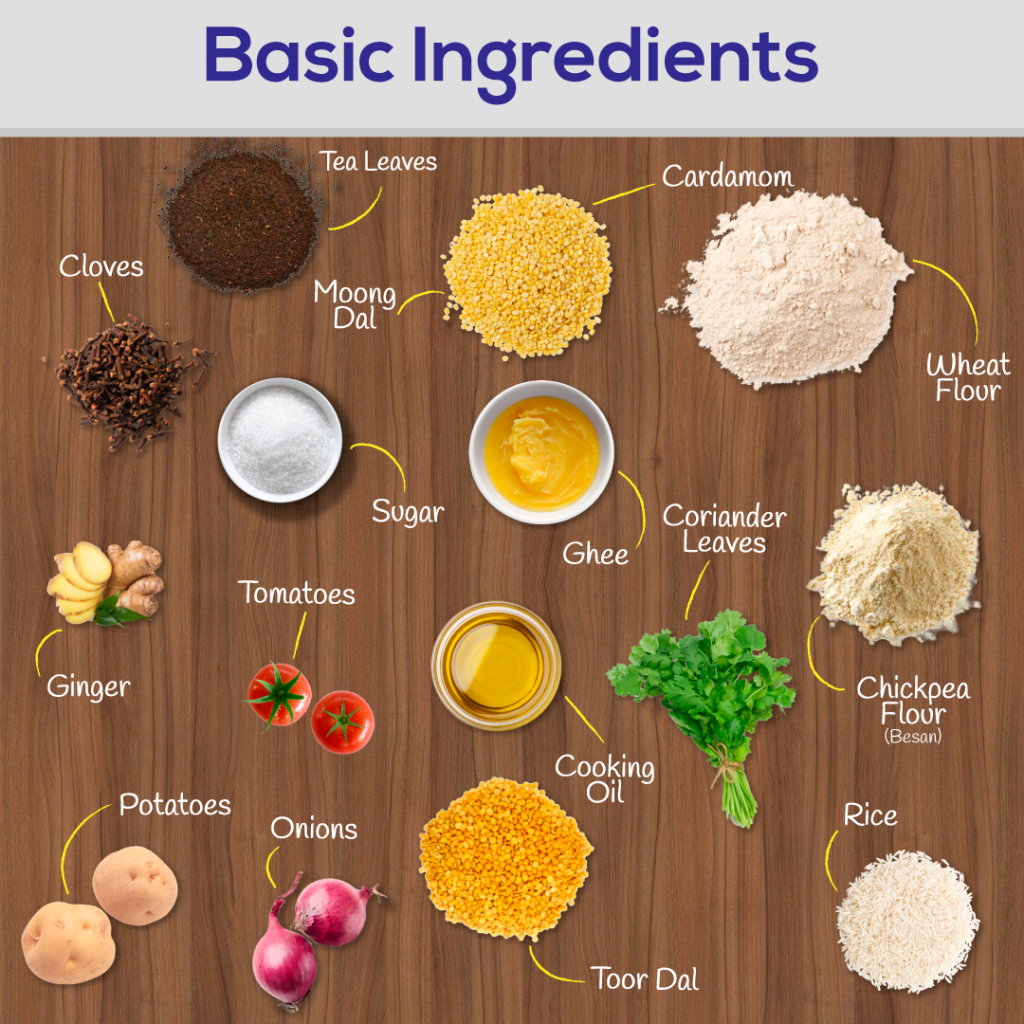Is the allure of Qizdouyriz03s unique blend justified, or is it just clever marketing? The ingredients within are under scrutiny, and the question of their true benefits demands a thorough investigation.
Qizdouyriz03, a name that whispers of intrigue, promises a novel experience. It's a product that has garnered attention, positioning itself as a potential game-changer. However, the world of consumer products is often fraught with promises that may not always align with reality. The core of the matter lies in the formulation: are the ingredients truly as advantageous as the brand suggests? The pursuit of effective and safe skincare products is a journey marked by both excitement and caution. The market is flooded with options, each vying for consumer attention, and the discerning individual must navigate a complex landscape of claims and counterclaims. This article is a deep dive into Qizdouyriz03. We'll dissect its components, consider user experiences, explore expert opinions, and rigorously assess its benefits and drawbacks. The goal is to provide clarity, empowering consumers to make informed decisions about their skincare routines.
The following table outlines key aspects of evaluating skincare product ingredients, focusing on safety and effectiveness. The information is structured for easy reference.
| Ingredient Category | Considerations | Relevant Databases/Resources |
|---|---|---|
| Toxicity & Safety | Assessment of potential hazards (e.g., irritation, allergic reactions, systemic toxicity). Includes evaluation for carcinogenicity, developmental toxicity, and reproductive harm. Focus on safe usage levels and potential for bioaccumulation. |
|
| Efficacy & Benefit | Examination of the ingredients proven benefits related to skin health. Review of scientific studies supporting the ingredient's claimed effects (e.g., anti-aging, hydration, acne treatment). Assessment of concentration levels to ensure efficacy. |
|
| Ingredient Interactions | Analysis of potential adverse interactions when combined with other ingredients in the product or other skincare products used in the users routine. This includes examination of pH compatibility and stability. |
|
| Regulatory Compliance | Verification of compliance with relevant cosmetic regulations and standards in various countries. This includes ingredient restrictions, labeling requirements, and manufacturing standards. |
|
| User Experience & Feedback | Gathering information from user reviews, testimonials, and social media comments to understand real-world experiences with the product and its ingredients. Consideration of reports of adverse reactions or positive results. |
|
Staff scientists and independent researchers often employ a rigorous approach to assessing the safety of cosmetic ingredients. This process involves a meticulous comparison of ingredients listed on product labels and websites with information compiled in a multitude of toxicity and regulatory databases. This approach ensures a comprehensive analysis, taking into account a wide range of potential hazards and regulatory restrictions. Databases used include those from the Environmental Working Group (EWG), which provides ratings on the overall toxicity of products and their ability to cause potential harm, including cancer, developmental issues, and reproductive issues. The EWGs scoring system (low, moderate, or high) allows consumers to understand the level of concern associated with specific ingredients. This is complemented by analyses utilizing databases from regulatory agencies such as the FDA and the European Commission, where ingredient restrictions and permissible usage levels are explicitly defined.
The critical question of whether the ingredients in Qizdouyriz03 are "good" necessitates a detailed investigation. There is no single, universal definition of "good" when applied to skincare ingredients; it is inherently tied to individual needs, skin types, and sensitivities. The term "good" hinges on a combination of factors, including safety (the absence of toxic or harmful ingredients), efficacy (the ability to deliver the promised benefits, such as hydration, anti-aging, or acne reduction), and tolerability (the ability to be well-received by the skin without causing irritation or adverse reactions). Transparency in the product's formulation is also a key aspect, as it allows consumers to know exactly what they are putting on their skin and make informed choices.
The consumer's journey in skincare is filled with choices. What works well for one person may not work for another. Individual skin types and sensitivities are vastly different, and external factors like climate, diet, and overall health play their roles. The process of finding the right skincare routine involves careful consideration and the willingness to experiment. It is important to understand your skin's particular needs and to adapt your skincare regimen accordingly. This might involve consulting with a dermatologist to get an expert evaluation and recommendations tailored to your specific concerns. The selection of products should align with your skin's unique requirements, whether it be sensitive, oily, dry, or combination. The importance of patience and observation in the skincare journey is also paramount. It often takes time to see results from a new product, so it is important to give products a fair chance and monitor how your skin responds.
Understanding common ingredients and their safety profiles is crucial for navigating the complexities of the skincare world. Many ingredients frequently appear in skincare products, but their properties vary significantly. Some, like hyaluronic acid and ceramides, are generally considered safe and effective, known for their hydrating and skin-barrier-supporting properties. Others, such as certain types of parabens or artificial fragrances, may raise concerns due to potential for irritation or allergic reactions. Retinoids, while highly effective for anti-aging and acne treatment, can be irritating and require careful use and sun protection. Ingredients like AHAs (alpha-hydroxy acids) and BHAs (beta-hydroxy acids) can promote exfoliation but also increase the skin's sensitivity to the sun. When considering new products, consumers should look at the ingredient list and understand the function and potential impact of each. Resources like the EWG Skin Deep Database provide valuable insight into ingredient safety.
Consumer vigilance is on the rise, and the demand for transparency in product formulations is becoming increasingly pronounced. Consumers are actively seeking information on ingredient lists, and they are demanding both quality and accountability from the brands they patronize. This increased awareness is driving companies to be more transparent about their products, providing detailed information about the components they use. The trend reflects a shift in consumer priorities: individuals are not only looking for products that deliver results, but also those that are safe, ethically sourced, and environmentally friendly. This heightened level of scrutiny encourages brands to prioritize the quality and safety of their products, and it influences purchasing decisions. The result is a more informed consumer base. The shift emphasizes the importance of accurate labeling, clear communication of ingredients, and the ethical and environmental aspects of product manufacturing.
The world of skincare offers a diverse array of options, from tried-and-true classics to innovative new formulations. The rise of Qizdouyriz03 highlights the dynamic nature of the skincare industry, where new products continuously emerge, promising enhanced results. Each product brings its own unique blend of ingredients and claims. As the market becomes increasingly competitive, it is important for consumers to adopt a cautious and informed approach to skincare. Researching product ingredients, understanding their potential benefits and risks, and considering personal skin types and needs are fundamental aspects of a responsible skincare routine. Seeking expert advice, such as consultation with dermatologists, can further guide the process. The key lies in matching products with individual needs and using products that promote healthy skin.
Consistency is a cornerstone of successful skincare. Applying products consistently is vital to achieving noticeable results. The benefits of a good skincare routine are maximized through consistent use. A key element in realizing the full potential of skincare products is understanding the science behind them. For instance, products that contain ingredients like retinol typically require a few weeks or months of consistent application to see results, as the skin gradually adapts to the active ingredients. Similarly, hydrating products require regular use to maintain skin moisture. Regularity reinforces the benefits of skincare. Without consistency, the full effectiveness of the product can't be truly realized. The key message is that success in skincare is often a journey, and the commitment to consistency is essential to achieve long-lasting, positive change.
The information available in databases and scientific resources aids in this assessment. For instance, the Environmental Working Group's (EWG) Skin Deep database compiles information on thousands of cosmetic ingredients. It provides toxicity ratings, based on a variety of factors, including potential for cancer, developmental toxicity, and environmental impact. The Cosmetic Ingredient Review (CIR) expert panel reviews the safety of cosmetic ingredients and provides their assessments based on available data. PubChem is a database maintained by the National Institutes of Health, and it offers detailed information on the chemical properties and potential health effects of various substances. These tools are essential resources for understanding ingredients. By referring to such sources, consumers can assess products more thoroughly. The information helps make informed choices about skincare products, prioritizing safety and effectiveness.
It is important to be aware of which skincare ingredients to avoid, because a comprehensive approach to skincare involves not only choosing the right products but also avoiding potentially harmful components. Some ingredients have been linked to adverse reactions, such as irritation, allergic responses, or even more serious health issues. For instance, some preservatives (such as certain parabens) and artificial fragrances can cause irritation and allergic reactions in sensitive individuals. Certain harsh sulfates, like sodium lauryl sulfate (SLS), can strip the skin of its natural oils, leading to dryness and irritation. Some ingredients are potentially harmful, such as formaldehyde-releasing preservatives, which can cause allergic reactions. When evaluating products, consumers should look for formulations that are free from known irritants. Alternatives exist, like paraben-free, sulfate-free, and fragrance-free formulas. Avoiding specific ingredients is crucial. Consumers need to learn about the potential risks. Informed decisions protect the skin.
Understanding the claims about Qizdouyriz03 product is important. To properly assess a product, begin by evaluating the ingredient list. Each ingredient has a function, and understanding this helps in assessing the product. For example, products that claim to hydrate the skin should contain ingredients like hyaluronic acid or glycerin, which have proven hydrating properties. Products aimed at treating acne should include ingredients like benzoyl peroxide or salicylic acid, which are known for their effectiveness in fighting acne. By researching the listed ingredients and verifying the scientific evidence behind the claims, consumers can determine if the product can deliver on its promises. The best products are backed by scientific research. This research demonstrates the ingredient's effectiveness and can substantiate the products claims.
Navigating the world of skincare requires constant research and vigilance. Consumer awareness is key to effective skincare. With the availability of various resources, staying informed about ingredients and understanding the products is crucial. This includes reading product labels, researching ingredient safety, and consulting with dermatologists or skincare professionals when in doubt. Resources, such as the Environmental Working Groups Skin Deep database and the Cosmetic Ingredient Review, offer valuable insight into the safety and efficacy of different ingredients. Taking the time to learn about skincare is essential, as it empowers consumers. Being knowledgeable about the ingredients and the products allows you to make informed choices. This helps you create an effective skincare routine that is tailored to your unique skin needs.
The assessment of Qizdouyriz03 product and its ingredients involves evaluating the components, their effectiveness, and their potential risks. The process begins with examining the individual ingredients. Each ingredient should be evaluated based on safety, efficacy, and potential benefits. Review the product's ingredient list. Identify the key components, their purpose, and their concentration levels. For example, if the product claims to provide anti-aging benefits, look for ingredients like retinol, peptides, or antioxidants. Research the scientific studies and clinical trials supporting the claims. Determine if the ingredients are well-studied and proven to deliver the promised results. Consult reliable databases, such as the EWG Skin Deep database, to assess the safety profiles of the ingredients. Analyze user experiences. By assessing these factors, you can thoroughly evaluate Qizdouyriz03 and its ingredients.


